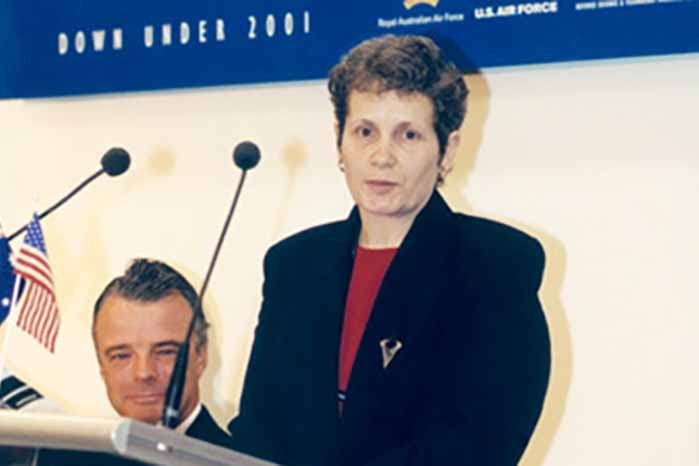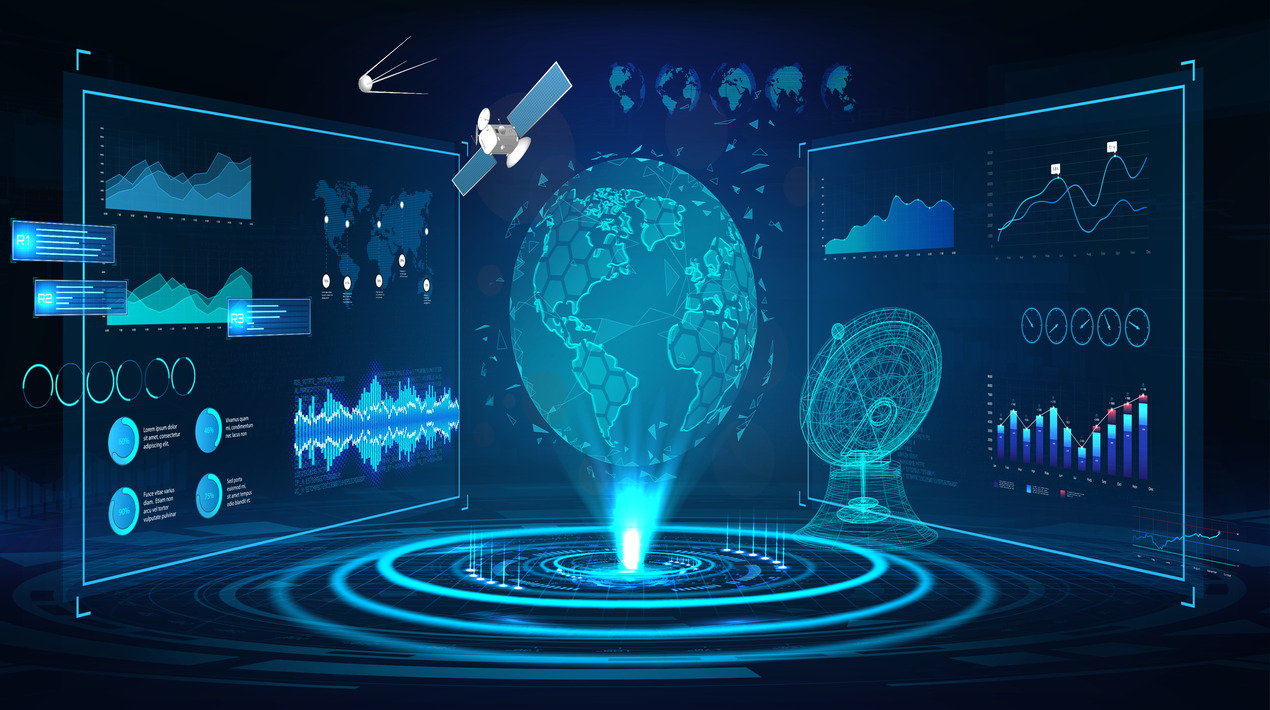
This year, more government agency CIO’s are prioritising cyber security over anything else on their agenda. Information security budgets are increasing exponentially because there is a great fear of being the next target for cyber terrorists.
New technology is constantly changing the way these agencies protect themselves against the ever evolving threat landscape. This has also altered the responsibilities of our national defense systems.
OpenGov spoke to Dr Jackie Craig, Chief of the Cyber and Electronic Warfare Division, Department of Defence, Australia, about her perception of this phenomenon.
Dr. Craig has gained extensive expertise in the field of intelligence, surveillance reconnaissance (ISR) and electronic warfare systems through 15 years of work.
She has had more than 50 papers published in the open scientific literature and a further 30 papers in a classified setting. She is the holder of two patents and several invention records.
Currently, she is a board member of the Australian Chapter of the Association of Old Crows and the Chair of the Electronic Warfare Systems group of The Technical Cooperation Program.
We asked Dr. Craig a series of questions to learn more about her role, her current focus, how she would assess the current threat landscape, and what she foresees the future of electronic warfare will look like.
What do you do in your role?
I am Chief of the Cyber and Electronic Warfare Division (CEWD). CEWD has approximately 330 scientists, technologist and engineers focussed on countering threats and enhancing mission assurance across the cyber-EW continuum. My role is to define the strategic direction of the research within the division and provide leadership to ensure that it is both excellent and delivers tangible outcomes for Defence.
How has your role changed over the years?
Elements of my role have changed as the world has changed. In particular, the military is no longer the dominant driver of technology progress – this is now the purview of the commercial sector.
Today, technology is globally accessible, uptake is rapid and military systems are increasingly incorporating commercial off-the-shelf (COTS) components and subsystems.
More now than ever, we require strong productive partnerships with universities, industry and national and international government research agencies to provide Defence with a technology edge. Accordingly forming and nurturing these partnerships has become a very important element of my role.
What areas will you focus on this year?
The division works in four core areas: cyber, signals intelligence, communications and electronic warfare. A key focus for CEWD is to provide science and technology leadership in defining and influencing the rapidly emerging relationships between these four areas.
It is the convergence of these areas into a continuum that is shaping both the threat landscape and future capability.
Military capabilities are evolving towards being distributed, networked, cyber-physical systems that rely on information systems to achieve their mission.
A major focus will be on countering challenging (zero-day) threats in a networked system-of-systems context and achieving mission assurance in contested cyberspace and electromagnetic environments.
The approach will be multi-disciplinary, integrating concepts, techniques and technologies from across the cyber-electronic warfare continuum to identify and develop new capabilities that will be relevant and effective in a data-driven, networked, cyber-physical future.
Traditional areas such as signal processing, radio frequency and electro-optic technologies will be joined by autonomous systems, artificial intelligence, data sciences and cognitive techniques.
How would you describe the current threat landscape today?
The threat landscape is being driven by the three key technology trends of: global access to COTS, software defined systems (also called embedded or cyber physical systems) and networking technologies.
These trends have resulted in a threat landscape that is highly variable, diverse and rapidly evolving – with the result we can expect to encounter more “zero-day” threats. The attack surface is also rapidly increasing as systems become more complex, networked and interdependent, offering more opportunity to exploit vulnerabilities.
If you could describe how technology has provided a greater defence capacity, and increased risks, for Australia:
Technology offers a huge range of opportunities to rapidly develop new concepts and capabilities. It is laying the foundations for an operating environment that will be flexible, agile and capable of presenting surprise.
This represents both an opportunity and a threat. The challenge is to ensure that opportunity outweighs threat. This can only be achieved if we are fully engaged in the technology world and are able to steer and harness it to our advantage.
The risk for all nations therefore, resides in insufficiently engaging with technology.
What does Future Electronic Warfare look like?
Future electronic warfare will operate within a systems-of-systems context where information sharing is the norm, electronic warfare is used in concert with other mechanisms (such as cyber) to protect our systems and the mission, and good battle management is central to mission success.




















